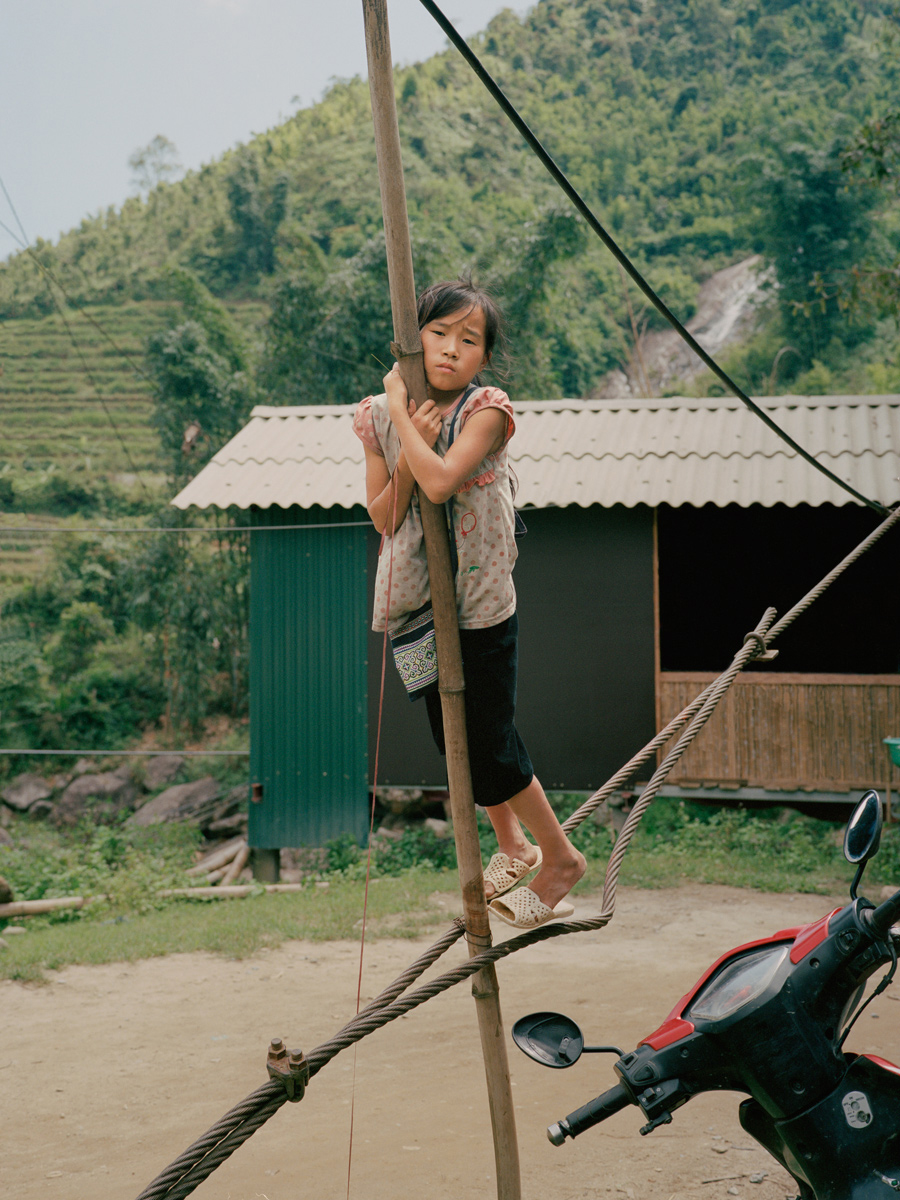International Peace Week: Margaux Senlis: UXO
In honor of the International Day of Peace and Peace Week, Lenscratch has partnered with the National Center for Civil and Human Rights to feature photographic projects highlighting the lasting impacts of war, conflict, and displacement. Lauren Tate Baeza, Director of Exhibitions at the National Center for Civil and Human Rights, is our guest editor.
Since 1981, the International Day of Peace has been observed annually on September 21st. Declared a day of nonviolence and cessation, the UN General Assembly unanimously voted for a holiday to increase public awareness of the perils of war and encourage educational programming on topics related to peace. With a pressing need to pool resources to combat the COVID-19 global health crisis, 2020 carries an added sense of urgency for conflict resolution.
Documentary narrative photography informs populations and influences major policy decisions that combat human rights atrocities, send aid and relief, and galvanize support and protections for minority groups. While commemorating the pursuit of peace, we also aim to acknowledge the mobilizing power of photography by sharing selections examining war impacts inherited by civilians, often for generations. Unexploded ordnances, or UXOs, are land and naval mines, grenades, bombs, and shells that failed to explode on impact. During the Vietnam War, millions of munitions rained down on Cambodia, Vietnam, and Laos without detonating. In fact, more were dropped on the Quang Tri province of Vietnam, alone, than on all of Germany during World War II. They lay buried silently in the ground, poised to explode given any stimulation.
The war ended in 1975, but has resulted in the post-war injury, loss of limb, and death of tens of thousands of people, most frequently farmworkers and playing children. In Laos, it is estimated that one third of the land and a quarter of villages are contaminated with unexploded munitions. The threat of explosives prevents recovering nations from developing land and rebuilding. Margaux Senlis ’ photographic series, UXO, captures the tension beneath beautiful Southeast Asian landscapes. The images illuminate that the time between the unrest of the 1970s and today does not seem as distant in many regions of the world.
Margaux Senlis was born in October 1995 in Paris. After a BA degree at the Gobelins in Paris in 2018 she is currently living in Arles, south of France and studying a masters degreat the ENSP. Margaux uses photography as a way of communication, and tries to sensibilize people about subjects that touch her. Instagram: @margauxsenlis
UXO
UXO stands for “Unexploded Ordnance”. This photographic project is a testimony to the danger that persists after the Vietnam War. There i s still a l ot of non-cleared areas in Vietnam as well as in Laos and Cambodia. Landmines still explode, injure and kill today. Most of the victims are children, workers or farmers.
I have first travelled to Cambodia and discovered many minefields. After doing some research I realized there are still many l and mines in the ground that injure and kill today, despite 40 years since the Vietnam war and many civil wars. Upon returning to France I decided to do some more research and plan a project around these unexploded ordnances.I returned to Laos, Cambodia and Vietnam i n 2018 i n order to bear witness to the dangers that persist with UXO (« unexploded ordnance ») with my means of communication, photography.
I wanted to come during the rainy season because when the water rises in this area a lot of landmines and bombs are unearthed and displaced. This is why I have often photographed water, like a conductive thread in my project.
About the National Center for Civil and Human Rights
The National Center for Civil and Human Rights is a cultural institution and advocacy organization located in downtown Atlanta, Georgia. Powerful and immersive exhibits tell the story of the American Civil Rights Movement and connect this history to modern struggles for human rights around the world. The National Center for Civil and Human Rights has the distinction of being one of the only places to permanently display the papers and artifacts of Dr. Martin Luther King, Jr. Events, educational programs, and campaign initiatives bring together communities and prominent thought leaders on rights issues. For more information, visit civilandhumanrights.org and equaldignity.org.
Join the conversation on @ctr4chr (Twitter), @@ctr4chr (Facebook), and @@ctr4chr (Instagram).
Posts on Lenscratch may not be reproduced without the permission of the Lenscratch staff and the photographer.
Recommended
-
The 2024 Lenscratch 1st Place Student Prize Winner: Mosfiqur Rahman JohanJuly 22nd, 2024
-
Ellen Mahaffy: A Life UndoneJuly 4th, 2024
-
Julianne Clark: After MaxineJuly 3rd, 2024
-
Kaitlyn Jo Smith: Super8 (1967-87, 2017), 2017June 30th, 2024
-
Katie Prock: Yesterday We Were GirlsJune 27th, 2024











































































